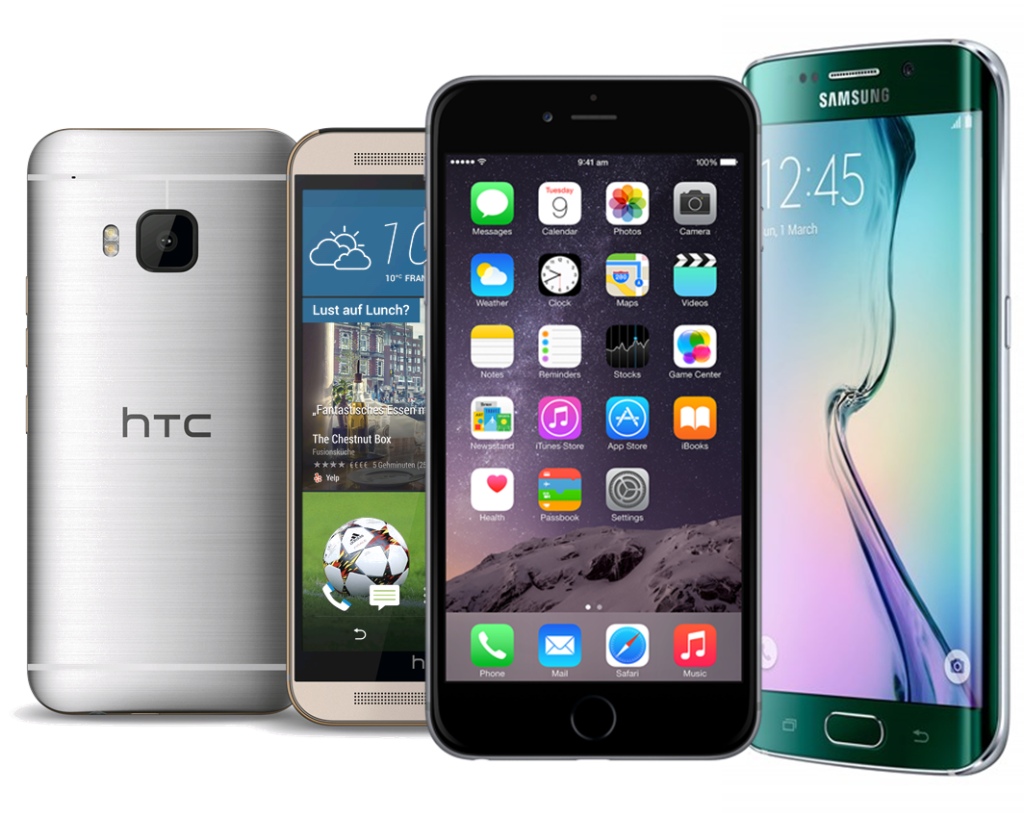
A mobile phone is a portable device that allows you to make calls, send messages, and access the internet wirelessly. It connects to cellular networks, enabling communication from virtually anywhere within coverage areas.
📱 Key Features of Mobile Phones
- Wireless Communication: Mobile phones use radio frequency signals to connect to cellular towers, allowing users to make and receive calls without being tethered to a landline.
- Portability: Designed to be compact and lightweight, mobile phones can be carried easily, making communication convenient on the go.
- Multifunctionality: Modern mobile phones, often called smartphones, offer features like:
- Text and multimedia messaging
- Internet browsing via 4G/5G or Wi-Fi
- Email and social media access
- GPS navigation
- Photography and video recording
- Apps for productivity, entertainment, and more.
🕰️ A Brief History
- First Generation (1G): Introduced in the 1980s, these analog phones were bulky and used primarily for voice calls.
- Second Generation (2G): Brought digital signals and SMS messaging in the 1990s.
- Third Generation (3G): Enabled mobile internet and video calling in the early 2000s.
- Fourth Generation (4G): Improved speed and supported HD streaming and gaming.
- Fifth Generation (5G): Offers ultra-fast data transfer, low latency, and supports advanced technologies like IoT and augmented reality.
🔄 How It Works
Mobile phones communicate through a network of cell towers. When you make a call or send data, your phone connects to the nearest tower, which routes the signal through a switching system to reach the recipient. This system is part of the public switched telephone network (PSTN).
🌍 Impact on Society
Mobile phones have revolutionized communication, making it faster and more accessible. They’ve also transformed industries like banking, education, healthcare, and entertainment by enabling mobile services and apps.
If you’re curious about how mobile phones evolved or want to explore different types, I can dive deeper into that too!